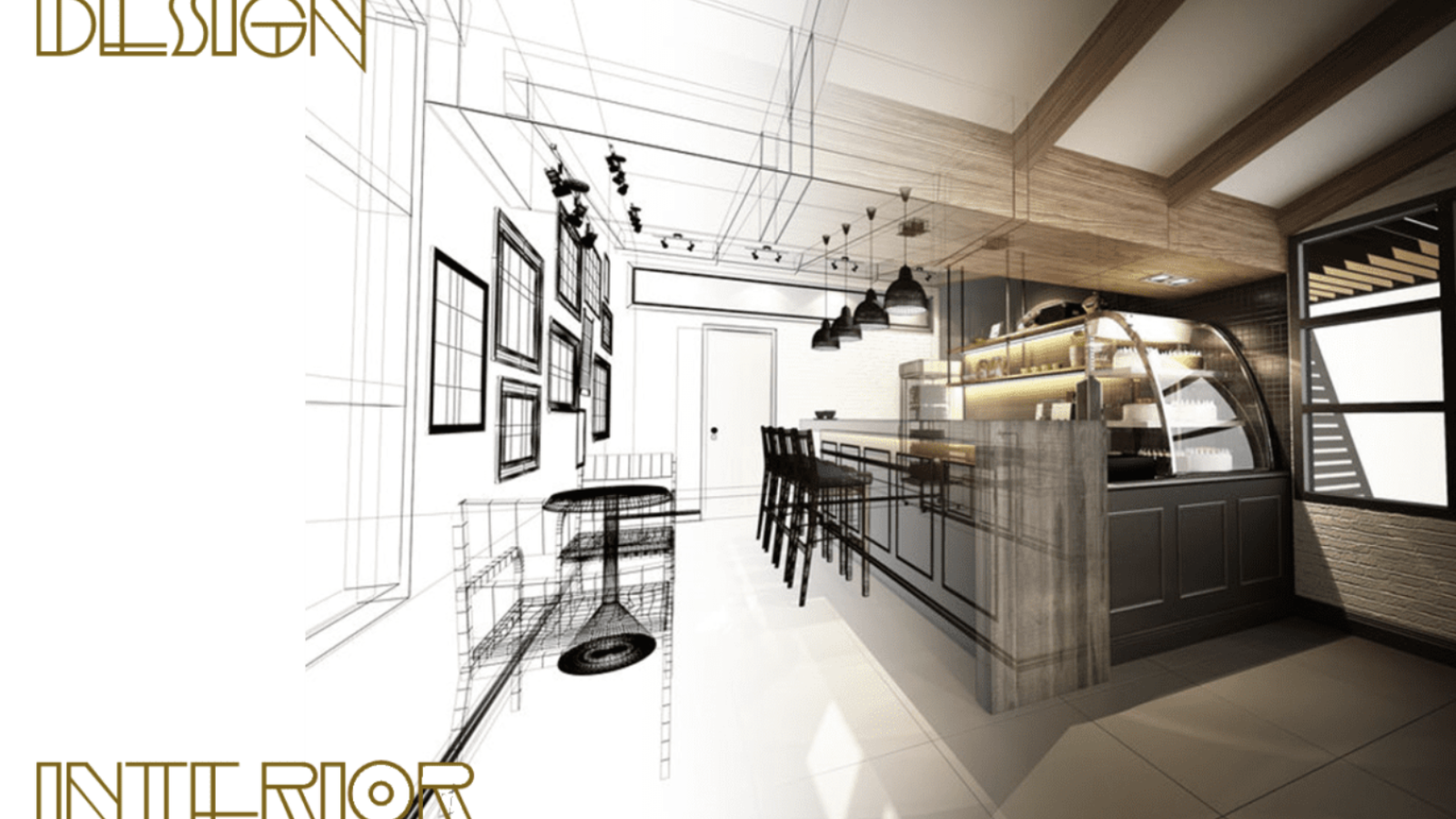The difference between interior design and interior architecture

Many people think interior design services and interior architecture services are the same. Not really. Though there are many similarities between the two services and many in the design industry often use the words interchangeably, there are some differences between interior design and interior architecture and the services they both provide.
However, both interior design services and interior architecture services are closely related, are part of the same industry, and are within the same niche.
Interior Architecture
Interior architecture is a practice that incorporates the art of design and the science of architecture, and it focuses on the technical aspects of planning and building a room. This field involves making the room safe and functional as well as designing aesthetically-appealing lighting, color and texture for a space. Professionals who practice interior architecture typically focus on a combination of structural elements, building materials and artistic components.
Interior Architects Responsibilities
Interior architects often manage complex sets of tasks to address when planning a room. Their projects typically begin with meeting with clients to determine their requirements and preferences for spaces. Some interior architects specialize in designing new spaces, while others focus on refurbishing existing spaces. Those who focus on the latter analyze the existing interior structure of the space to assess any limitations or requirements. Those who specialize in designing new spaces may work with other architects to ensure that their plans for the interior space work seamlessly with plans for the rest of the structure.
As they develop interior plans, these architects assess the environment around the space, study the natural light and assess the feasibility of potential plans. Many interior architects then sketch their preliminary ideas manually before using computer-aided design (CAD) and drafting and building information modeling (BIM) applications to create scaled plans for the interior space. These plans often reflect aesthetic aspects of the design along with structural elements like electrical, plumbing, heating, ventilation and air-conditioning systems.
Interior architects are also responsible for creating project plans that include cost estimates and proposed timelines. Most seek out contractors to carry out their projects, which may involve drafting agreements and hiring temporary team members. Interior architects also frequently collaborate with other architects as well as interior designers, engineers and construction teams, especially when working on complex projects.
Because their projects involve safety and sustainability, architects must understand and abide by building codes and government regulations that apply to the interior space. They often research and test building materials and construction methods to confirm that they adhere to required codes and regulations.
Once projects commence, interior architects often visit the construction site to oversee progress. They may supervise contractors, manage scheduling and ensure that the construction team uses the appropriate building materials and methods. Interior architects also assist with material tests required by local agencies or codes.
Interior Design
Interior design is a field that focuses more on art than functionality and incorporates aesthetic elements such as furniture, flooring, walls, window coverings and artwork. It also involves color schemes, textiles, lighting, design materials and sustainability. Interior design applies to a wide variety of spaces, ranging from residential and corporate to public and industrial.
Interior Designer Responsibilities
Interior designers are responsible for making rooms and indoor spaces comfortable, functional and aesthetically pleasing. Most interior designers begin projects by assessing clients’ needs and objectives, which typically include how they intend to use the room and the ways people will move through the space.
After meeting with clients, interior designers research materials and sketch ideas for plans. Many interior designers also use CAD and BIM programs to create two- and three-dimensional plans. These digital plans usually feature room layouts, electrical and plumbing systems, materials for walls and flooring and specifications for lighting and furniture. In most cases, plans also include building permits needed to carry out the design.
Interior designers then estimate costs and timelines, order materials, apply for essential permits and seek out contractors to complete the work. Most interior designers manage small teams of contractors, and they also work closely with architects, engineers and tradespeople. They typically oversee all construction and installation related to their plans, and they may perform some of the design and installation work themselves.
While some interior designers are generalists, many choose areas of specialization. Some may focus on certain styles, particular rooms, such as kitchens and bathrooms, or types of structures, such as residential or corporate spaces.
Source: Google
Shanta Islam
Instructor
Architecture Technology
Daffodil Polytechnic Institute

